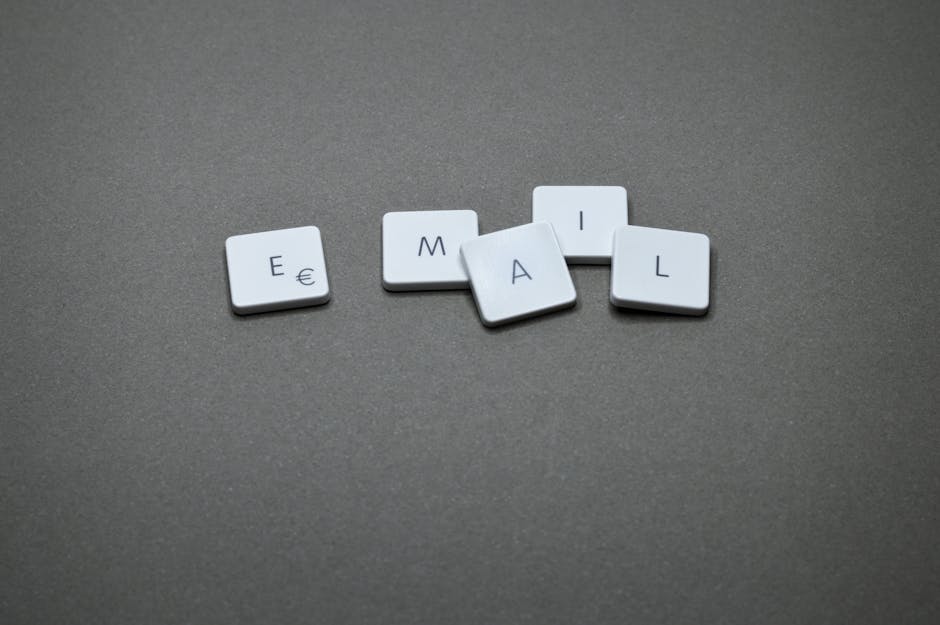How to Use Outreach Emails to Build Backlinks Successfully
Outreach emails are an essential tool for building backlinks, a critical component of search engine optimization (SEO). Effective outreach can significantly enhance your website's authority and visibility. However, crafting emails that capture the recipient's attention and encourage them to link back to your content requires a strategic approach. This article explores the best practices for using outreach emails to build backlinks successfully.

Understanding Outreach Emails
Outreach emails are messages sent to website owners, bloggers, or influencers with the goal of establishing a connection and requesting a backlink. These emails must be personalized and relevant to stand out in the recipient’s crowded inbox. The first step is identifying potential link partners who have content related to your niche.
When composing outreach emails, it's crucial to focus on personalization. Start by addressing the recipient by name and referencing specific content on their site. This demonstrates that you have taken the time to understand their work, making them more likely to consider your request.
Moreover, keep the email concise and to the point. Clearly state the purpose of your email early on and explain how linking to your content can benefit them. Highlight any unique value or additional information your content provides that their audience might find useful.
Crafting Compelling Outreach Emails
The success of an outreach email largely depends on how compelling it is. An engaging subject line is critical; it should be intriguing yet informative enough to encourage the recipient to open the email. Avoid generic phrases and instead use personalized or curiosity-driven subject lines.
The body of the email should maintain a professional yet conversational tone. Begin with a brief introduction of who you are and why you are reaching out. Follow this with a specific mention of their work that you appreciate or find relevant. This establishes a connection and shows that your request is not just a mass email.
- Personalization: Tailor each email to the recipient’s interests and work.
- Conciseness: Get to the point quickly without unnecessary filler.
- Value Proposition: Clearly state what they stand to gain from linking to your content.
Strategies for Increasing Response Rates
To increase the likelihood of receiving a response, follow these strategies:
Timing: Research shows that sending emails on Tuesdays and Thursdays tends to yield better response rates. Additionally, aim for mid-morning times when people are likely checking their emails.
Follow-ups: Don't hesitate to send follow-up emails if you don't receive a response initially. A polite reminder can often jog their memory and prompt them to take action.
Provide Value: Sometimes offering something in return can increase your chances of success. This could be in the form of sharing their content on your social media platforms or offering a guest post exchange.
| Strategy | Description |
|---|---|
| Timing | Email on optimal days like Tuesdays and Thursdays during mid-morning hours. |
| Follow-ups | Send polite reminders if there’s no initial response. |
| Provide Value | Offer mutual benefits such as sharing their content or guest posting. |
Avoiding Common Outreach Mistakes
Avoiding common mistakes in outreach can significantly improve your success rate. One frequent error is sending overly generic emails that fail to engage the recipient. Always personalize each message based on their interests and previous work.
Avoid being too aggressive or pushy in your requests. If the recipient feels pressured, they are less likely to respond positively. Instead, adopt a respectful tone that recognizes their autonomy in deciding whether or not to provide a backlink.
Lastly, ensure that your email does not come across as spammy. Use a professional email address, avoid excessive use of exclamation marks or ALL CAPS, and make sure your message is free of spelling and grammatical errors.
The essence of successful outreach lies in building genuine relationships with recipients rather than treating them as mere means to an end. Focus on creating value for both parties involved in order to foster long-term partnerships that go beyond just acquiring backlinks.
Effective outreach emails require thoughtful personalization, compelling subject lines, and clear value propositions. Implementing strategies such as optimal timing for sending emails, following up politely, and providing mutual benefits can significantly boost response rates. Additionally, avoiding common mistakes like generic messaging or pushy requests ensures a more positive reception from recipients.
The key takeaway is that successful outreach goes beyond merely asking for backlinks; it involves building meaningful connections and offering genuine value.